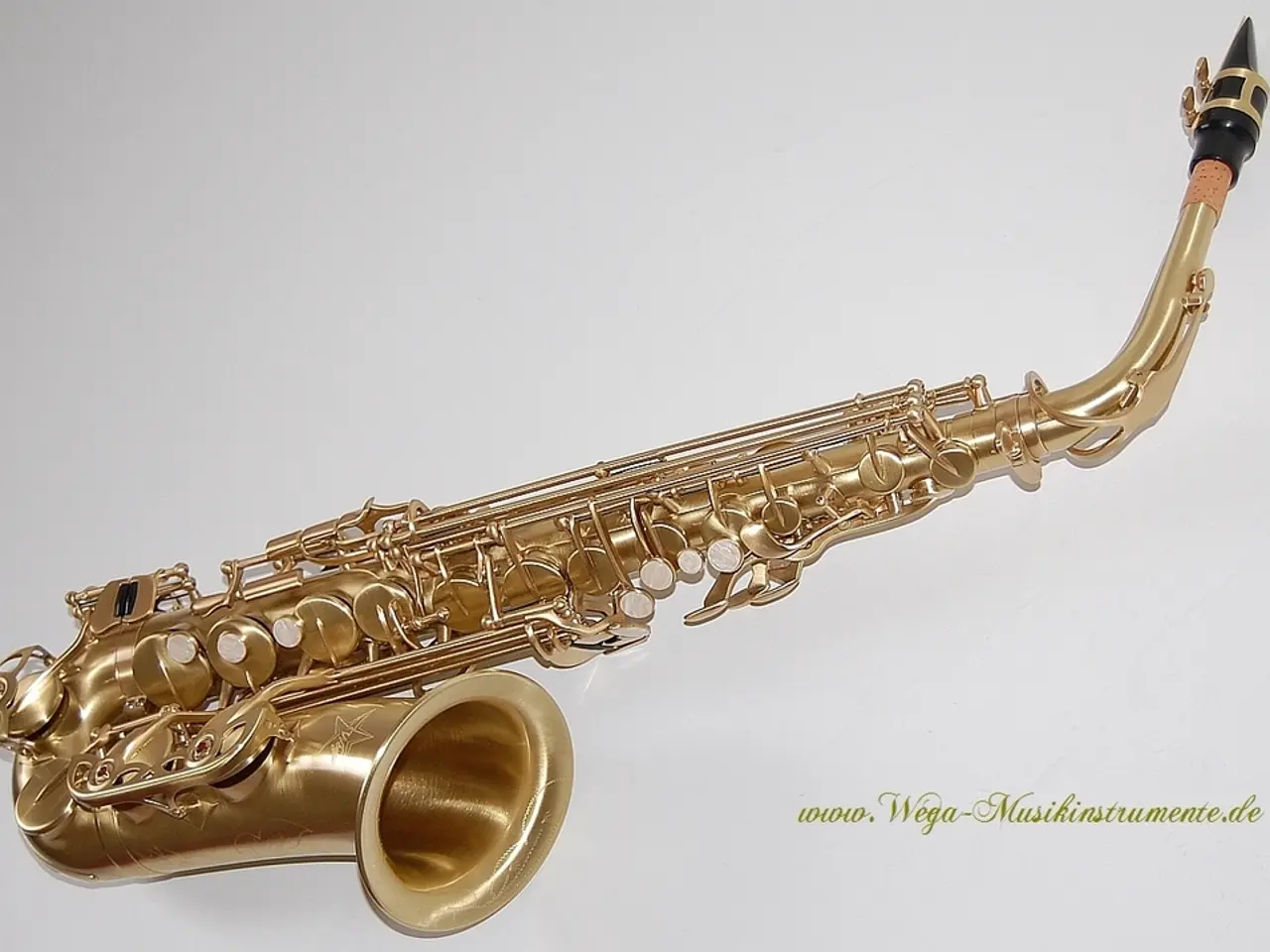The Supertonic Scale Degree: Guidance on Utilizing a Crucial Scale Component
The supertonic, also known as the second scale degree, is a crucial element in music composition and songwriting. This chord, often noted as ii or II, primarily functions as a predominant chord, preparing or leading smoothly to the dominant chord (V), which then resolves to the tonic (I), creating a natural and satisfying harmonic flow[1].
In major keys, the supertonic chord often appears as a minor chord. It acts as a stepping stone that introduces some tension without being too strong. It "ventures away" from the tonic stability but does not create excessive tension itself[1][2]. This makes it an ideal choice for creating intriguing and engaging harmonic progressions.
One of the most common progressions that utilises the supertonic is the classical ii–V–I. In this progression, the supertonic chord sets up the dominant chord that contains a tension-filled tritone interval, intensifying the need for resolution at the tonic chord. This progression is fundamental for establishing tonal relationships and shaping musical phrases, especially at cadences signaling phrase ends[1].
In songwriting, using the supertonic chord enriches harmonic movement by adding contrast between the restful tonic and the tense dominant, improving the music's expressivity and forward momentum[1][2]. The voice leading from the supertonic to dominant chord enhances smooth transitions between chords, contributing to the overall cohesiveness and appeal of a composition[1].
Beyond its classical role, the supertonic can also be involved in more advanced harmonic contexts like secondary dominants or extended chord progressions, allowing composers and songwriters to create varied and sophisticated harmonic textures[3].
The supertonic deserves special attention due to its applications in catchy modern melodies and classic jazz. It is an obvious choice to highlight in simple, singable melodies that don't stray too far from one or two notes. The supertonic also has a unique quality as a melodic resting place, making it a popular choice for composers seeking a fresh and versatile sound that's on trend in pop music[4].
Interestingly, the supertonic is the same scale degree as the 9th chord extension often heard in 9th chords from jazz and R&B[5]. Understanding the supertonic can help in writing songs or producing tracks, as it provides a deeper insight into the harmonic structure and progression of music.
Sources: 1. The Supertonic: Its Role in Classical and Popular Music 2. The Supertonic Chord: Its Role and Function in Music 3. Advanced Harmonic Contexts: Secondary Dominants and Extended Chord Progressions 4. The Supertonic: A Fresh and Versatile Sound in Pop Music 5. The Supertonic and the 9th Chord Extension in Jazz and R&B
Keep up with the latest posts on the Autoland blog for gear guides, tips, tutorials, and inspiration.
Exploring the realm of music distribution, educators and self-taught musicians can gain valuable insights from understanding the role and function of the supertonic in music composition and songwriting. The intricate learning process of mastering the supertonic chord can significantly enhance harmonic movement in music, contributing to the overall cohesiveness and appeal of a composition.




